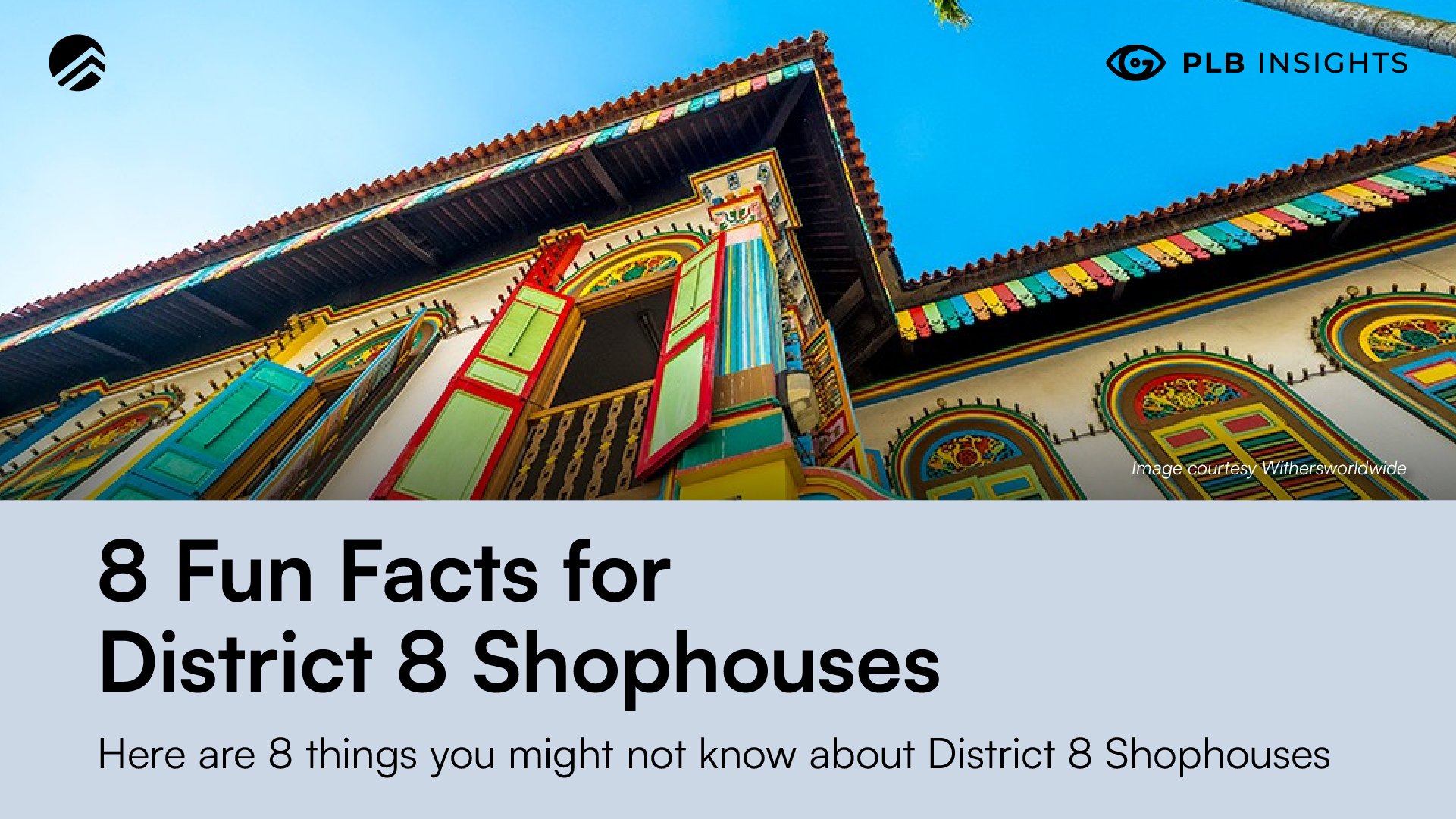
Shophouses can be found in many streets and corners all over Singapore. They hold a dear piece of our colonial heritage and lives on today as revitalised commercial and residential spaces. Often, we lump Shophouses together as a group. It is its own class of property. Or we might categorise them by their architectural style.
Shophouses have a special place in Singapore’s real estate market. They are a special asset class that attracts a niche group of investors. A good mixture of modern and traditional businesses operate out of conserved shophouses. We see cafes, offices, hotels, restaurants all inhabit that special piece of Singapore’s history. Due to its scarcity, Shophouses make for an asset class that is not only unique but also exclusive. Shophouses are primarily found in Districts 1, 2, 7, 8, 14 and 15. How is District 8 special (and fun)?
In this article, we will cover 8 fun facts about District 8 Shophouses. This area mainly covers Little India, Farrer Park, and Serangoon Road.
1. D8 has the “most” Shophouses
When we think of Shophouses, perhaps we think of revitalised areas within the CBD that have nice cafes and restaurants in outfitted Shophouses. Many would think that the CBD area and the core would have more Shophouses. Perhaps, the prominent ones are in those locations but District 8 has consistently held the highest transaction volume for shophouses.
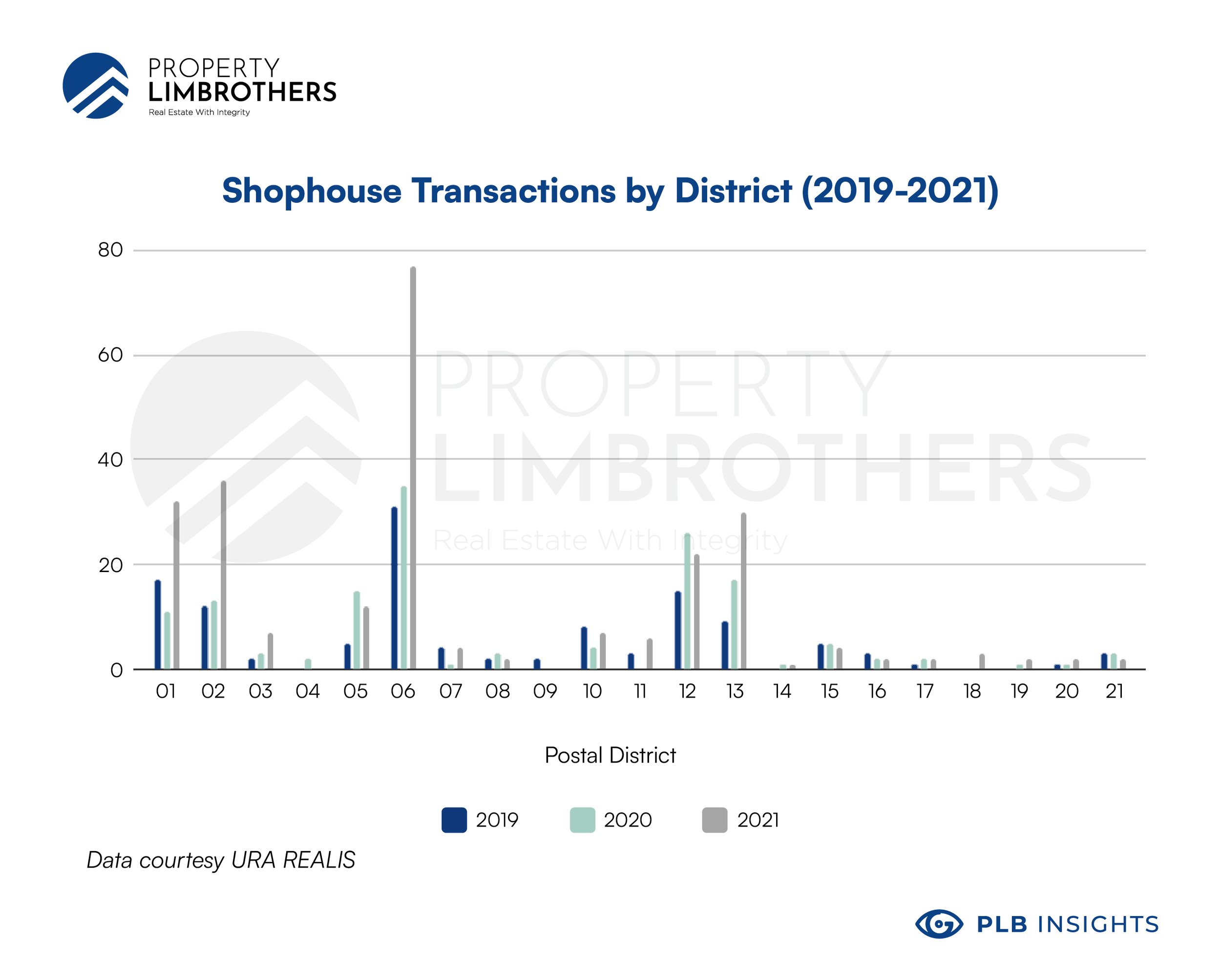
While we know that Singapore has around 6500 Shophouses in total, we do not have an exact breakdown by district. What we have though, is the number of transactions in each district. If we crudely take this number as a kind of indicator of the general number of Shophouses in the area, D8 takes the cake. District 8 has got a whopping 77 transactions for 2021. A lucky number nonetheless, shy just of 11 to make that “huat” 88.
Even though the Little India area might not come to mind when we think of “Shophouse”, it is definitely where the action is at. The volume of transactions easily dwarfs that of the other districts.
2. D8 has potentially undervalued Shophouses
We compare the relative performance of D8 Shophouses (Orange line) with D1 & D2 (Lightblue) and D14 & D15 (Darkblue). In terms of its price performance in comparison to the other Shophouse clusters, District 8’s appreciation is a little on the slow side (39% since 2019) as compared to D1 & D2 (46%) and D14 & D15 (70%). While these are still very decent growth rates, what we wish to highlight is the potential that D8 is undervalued.
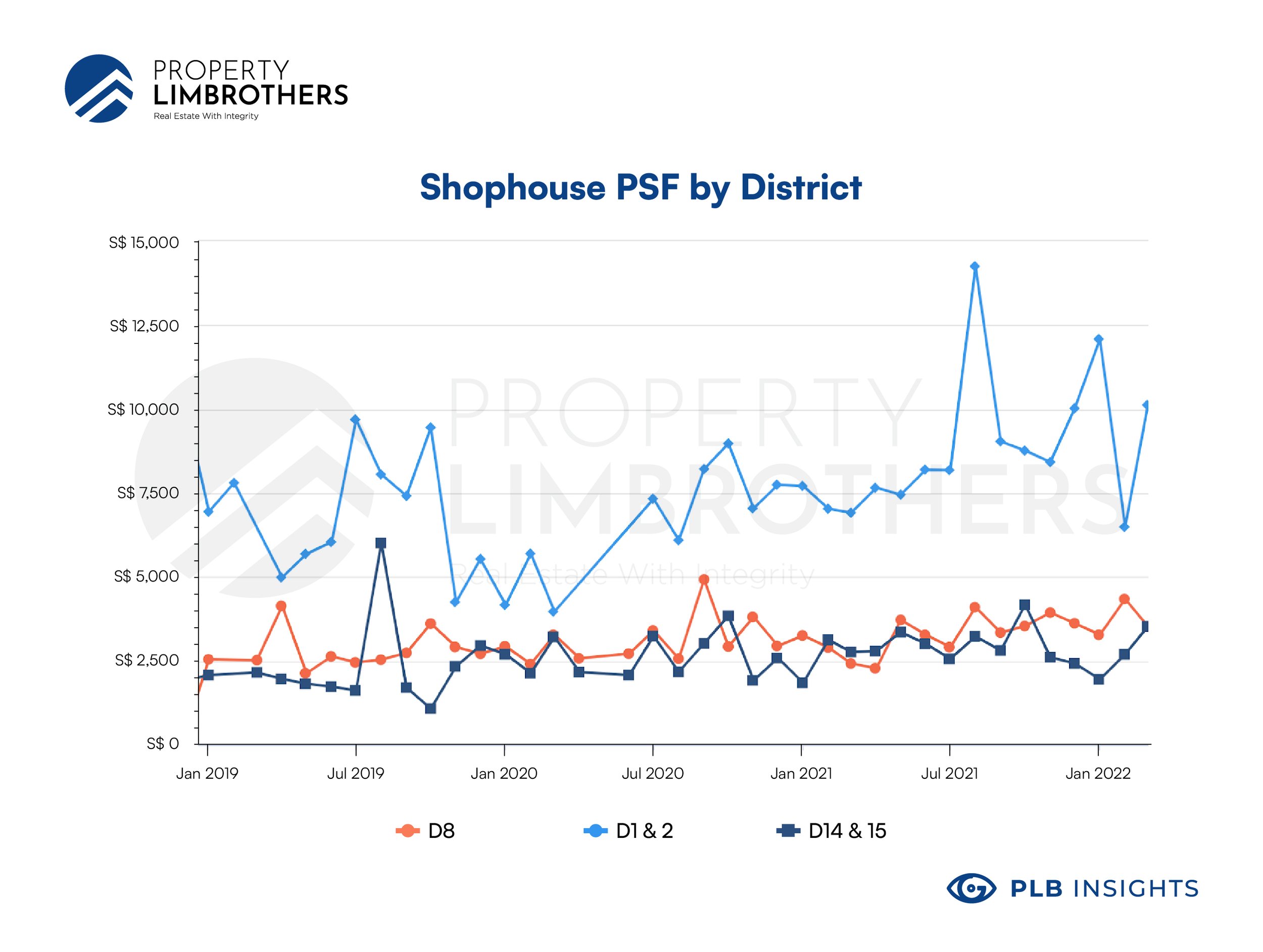
District 8 is approximately 2-3 km away from D1/2. On the other hand D14/15 is approximately 5-7 km away from D1/2. Yet both D8 and D14/15 are transacting around a similar price range. Given the upward trend for Shophouses, prices for D8 Shophouses may be pushed up because of its closer proximity to the city centre. Cue, bid-rent theory.
That being said, the prices of D8 Shophouses are also the least volatile. Huge spikes and drawdowns are present in D1/2 and D14/15 but not in the D8 group. This might be due to the higher transaction volume which removes the “noise” from transactions that are anomalous.
3. Shophouses of all Kinds
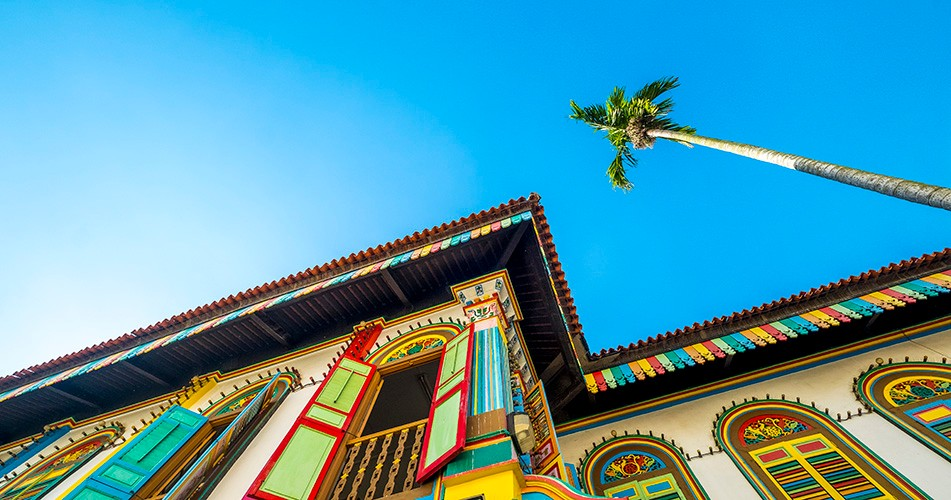
Image courtesy Withersworldwide
Little India does not just provide a variety of Shophouse options because of the transaction volume alone. The URA has also set aside part of Little India for conservation purposes since 1989. This is to preserve the rich history (pre and post colonial eras) of Shophouses in the area. The conservation efforts have been stepped up over the past few decades, with more buildings being added to the conservation list.

Image courtesy Pinterest
In terms of variety, Little India has Shophouses dating back to the 19th century and more recent hip Gatsby styled Art Deco Shophouses. In a previous article, we talk more about the different architectural styles of Shophouses and the features that are specific to them.
Coupled with the volume of transactions, the variety of styles gives investors more options to pick a piece of history that resonates with them more. While it’s a financial investment, it is also a special piece of Singapore’s heritage. Having more options doesn’t hurt.
4. Active Governance in protecting & supporting Conservation Shophouses
As we mentioned earlier, the URA first set up Little India as a conservation space in 1988. The image below details how the historical district was labelled and set aside to preserve the rich heritage. Building on the point of conservation, the government has shown an increased interest in preserving key aspects of our culture and heritage in recent years.
With the focus on making Singapore a hub for the Arts, getting in touch with our roots has become a priority for policy makers. One way of doing so is preserving the physical space in which people used to work and live in during the pre and post colonial era. Shophouses fit the bill perfectly. It is the space that embodies commercial and domestic activities both in one.
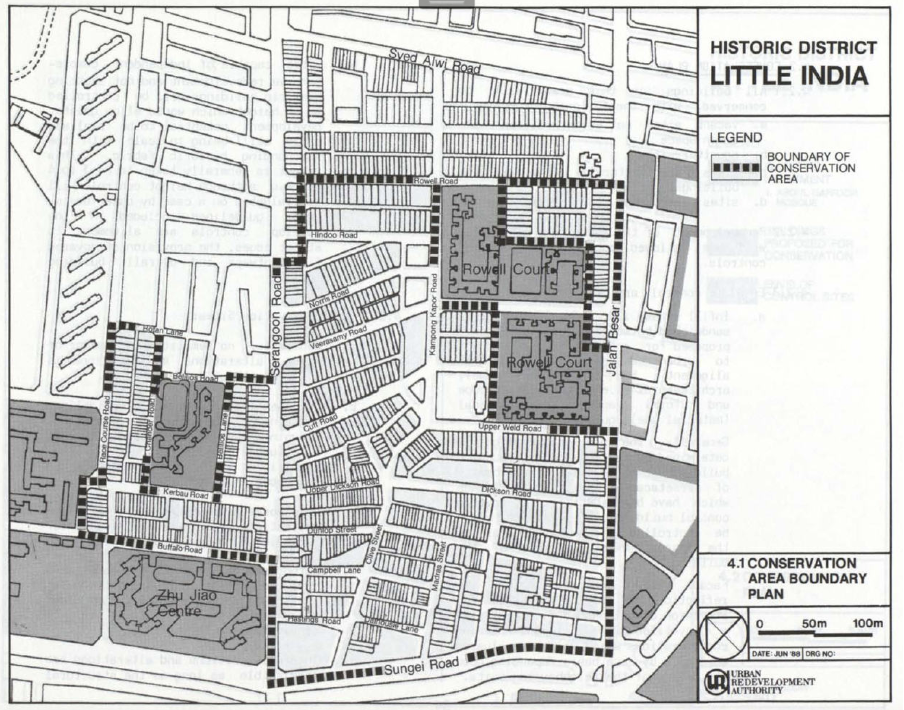
Image courtesy URA & NLB
With this priority in mind, we are assured that there is active governance when it comes to protecting and supporting conservation Shophouses in the future. Technically, it is a limited edition property that has stood the test of time. Ageing well and standing as a guardian as they watched the Singapore miracle: going from third world to first. Indeed, it is both a reminder of our humble beginnings and a romantic way to reminisce about the past.
5. Little India area’s Interesting Origin Story
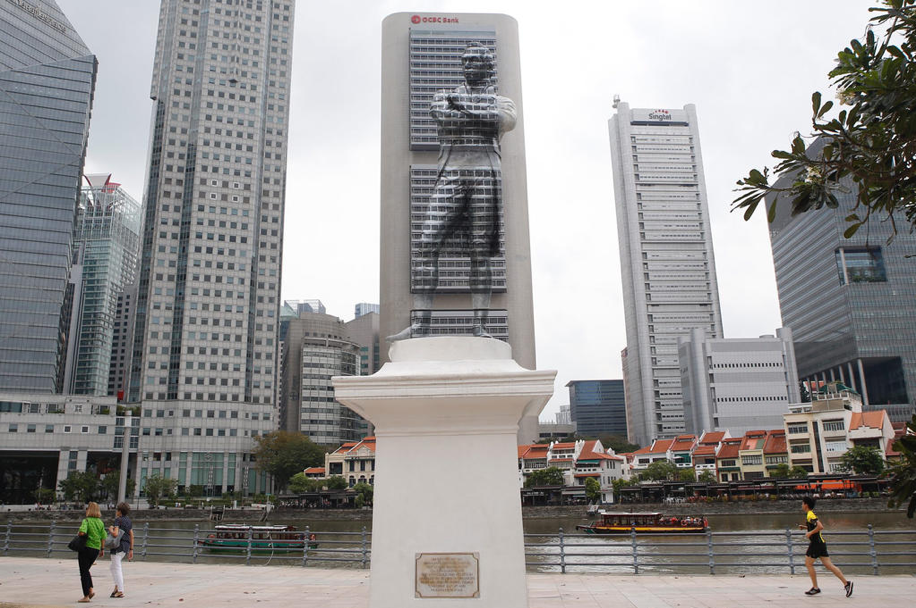
Image courtesy New Mandala
Speaking of history, Singapore’s Bicentennial in 2019 has been a successful event in educating the public of our pre-independence story. It marked the 200-year anniversary of Sir Stamford Raffles’ arrival in Singapore. The Singapore government has also set up a website to delve deeper into our local history.
Drawing from their research on Little India’s history, the name “Little India” only came about around 1980. It was a post-independence label that was tagged to the Serangoon-Rochor-Farrer Park area. One can imagine that part of the reason for doing so might be cultural representation in urban planning. We have a Chinatown and a Kampong Glam, why not a Little India? This puts up fairer representation of different major ethnicities while naming notable cultural districts in Singapore.
Thus, it was not Sir Stamford Raffles that labelled this area as “Little India”. Nor was it his intention to racially segment the Indian population to this area. This is quite peculiar, given that he was the mind behind Chinese and Malay ethnic enclaves. Perhaps, this has something to do with the British Empire’s colonisation of India with its subjects from the British Raj being more trustworthy stewards than migrant workers from China or local Malays.
6. European Streets in Little India
Little India has a surprising number of streets named after European settlers. Since its ethnic label was rather recent (1980), some of the European street names we see today in Little India used to be private streets for the homes of European settlers. Today, these are vibrant streets that act as aisles between Shophouses. If you take an aerial photograph, it might remind you of a trip to the grocery store.

Image courtesy Flickr, Chris Haldane
Many of the other streets in Little India were named after cattle traders — which was a prime commercial activity during the time of Sir Stamford Raffles. This area basically acted as a trading hub during the colonial era. Even today, we still see the lively hustle and bustle in its streets.
7. Little India’s Street Art
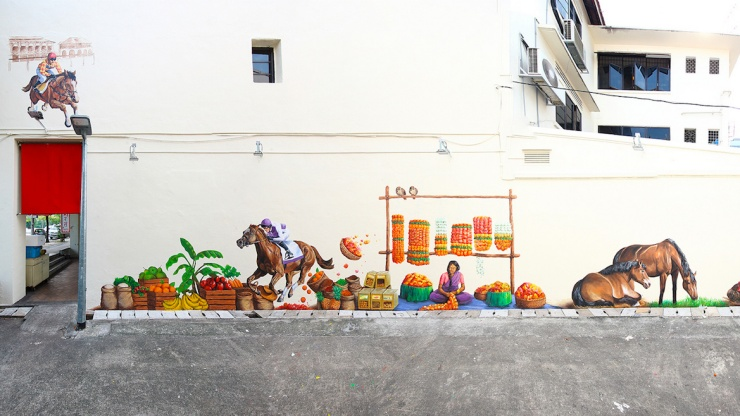
Image courtesy Visit Singapore
Did you know that Little India has its own Heritage Trail? Sprawled all around the vicinity of Little India MRT, Visit Singapore has put together an art trail featuring the historically inspired street art of the area. They give Shophouses a new aesthetic dimension. Revitalising the exteriors with colourful works that highlight the soul of Little India.
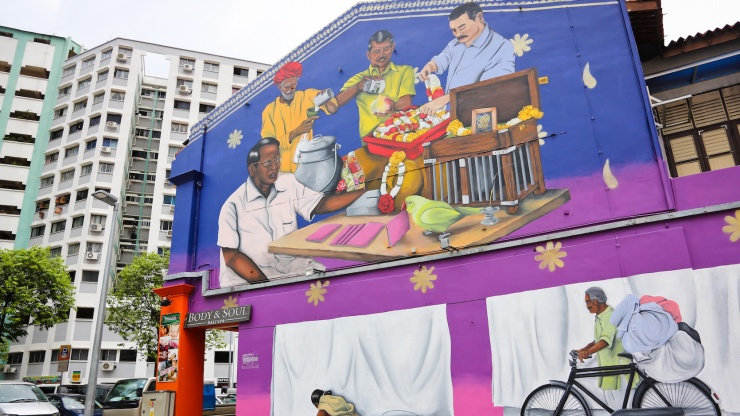
Image courtesy Visit Singapore
What an interesting way to buy a piece of art. Of course, you’re not only making the investment for the history or aesthetics. But these features only make the Shophouse more unique, refreshing and likeable. It definitely helps make them stand out from the other commercial and residential buildings in the area.
8. The Nexus of Deepavali in Singapore
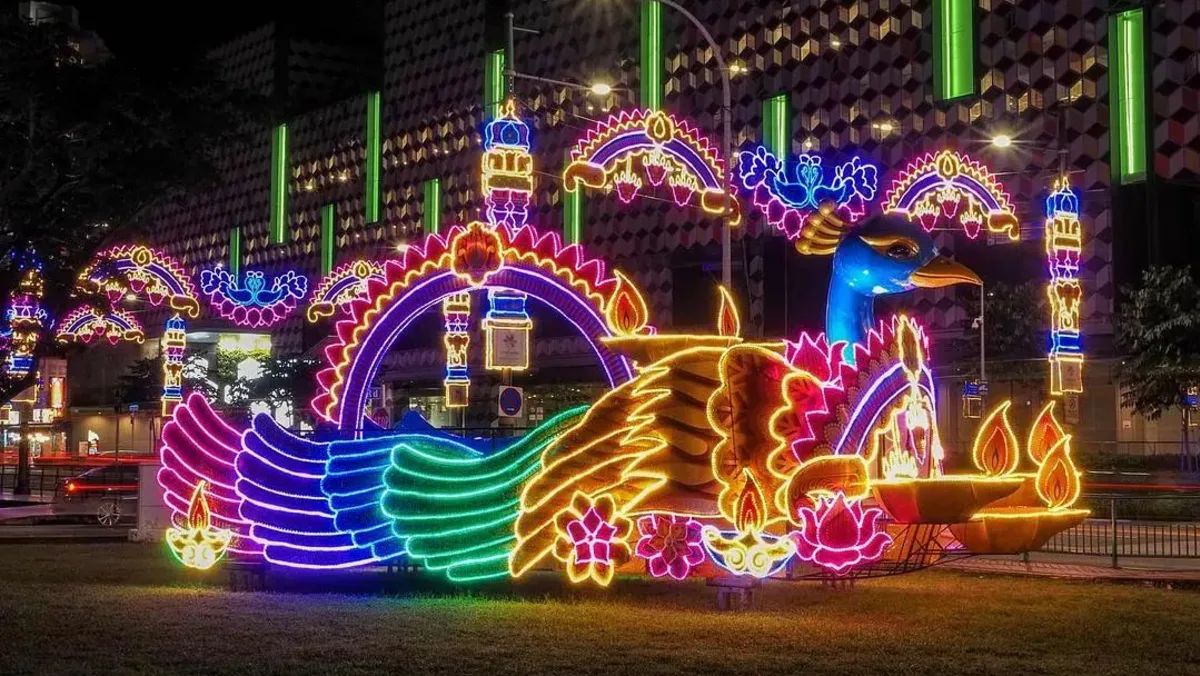
Image courtesy CNA
If you have not experienced the vibrant festival of lights in Singapore, you should. District 8 is the heart of the Deepavali celebrations. Every year, Little India is decorated with beautiful lights. The whole historical district lights up in vibrant colours. Neon lights make a great night view.
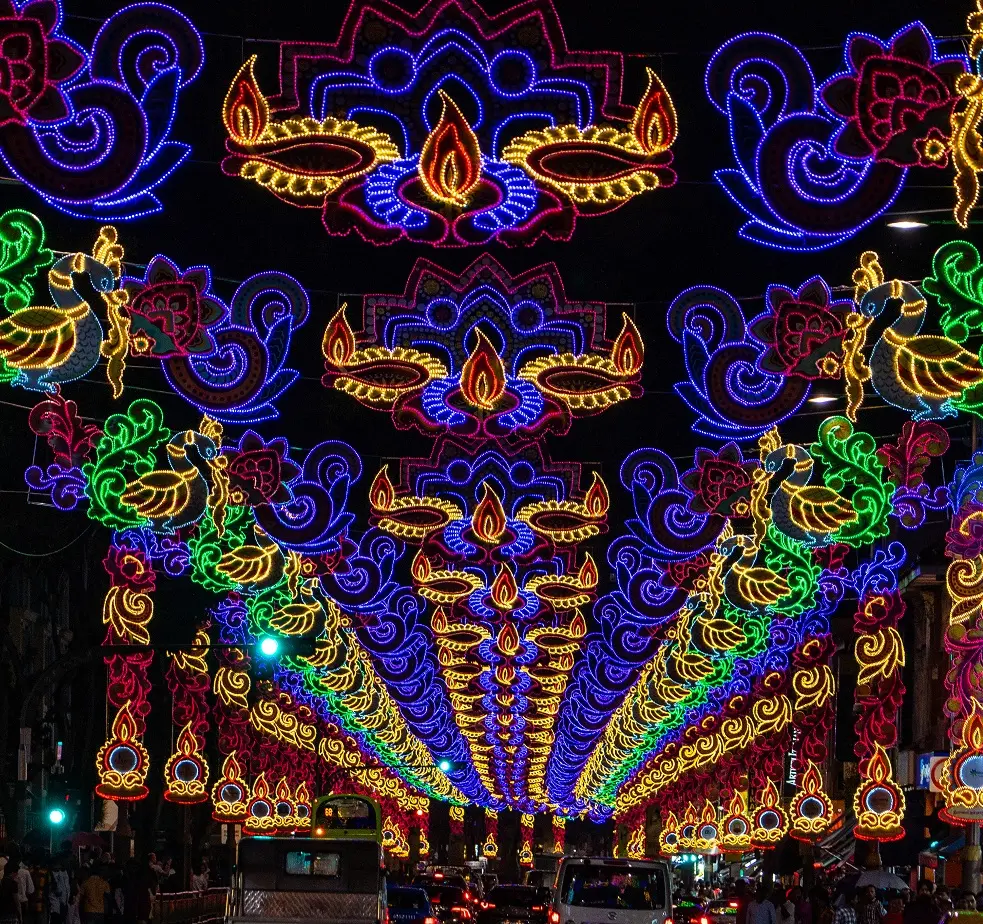
Image courtesy Traveloka
District 8 remains the prime hub of commerce for these festivities. The intense foot traffic is great news for businesses (retail or F&B). There are plenty of great options around this area for shoppers and foodies of all ages and ethnicities. There is definitely something for everyone here in District 8.
Parting Words
We have brought across 8 fun facts of District 8 Shophouses:
-
D8 has the “most” Shophouses
-
D8 has potentially undervalued Shophouses
-
Shophouses of all Kinds
-
Active Governance in protecting & supporting Conservation Shophouses
-
Little India area’s Interesting Origin Story
-
European Streets in Little India
-
Little India’s Street Art
-
The Nexus of Deepavali in Singapore
To sum up, District 8 presents a wide range of options in terms of variety. With the highest transaction volume and potential for strong growth, D8 is a fine candidate for Shophouse investments. On the regulatory side, support for conservation Shophouses has been strong and would probably continue to be so moving forward. District 8 has an interesting backstory, and the culture to back it. It’s a hip area that continues to evolve as Singapore develops.
If you wish to find out more about the opportunities in District 8, contact us here for more!








